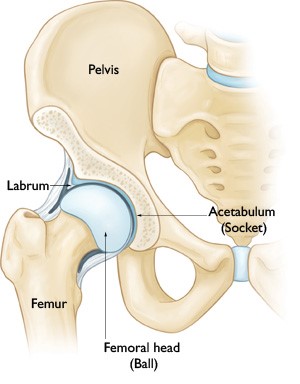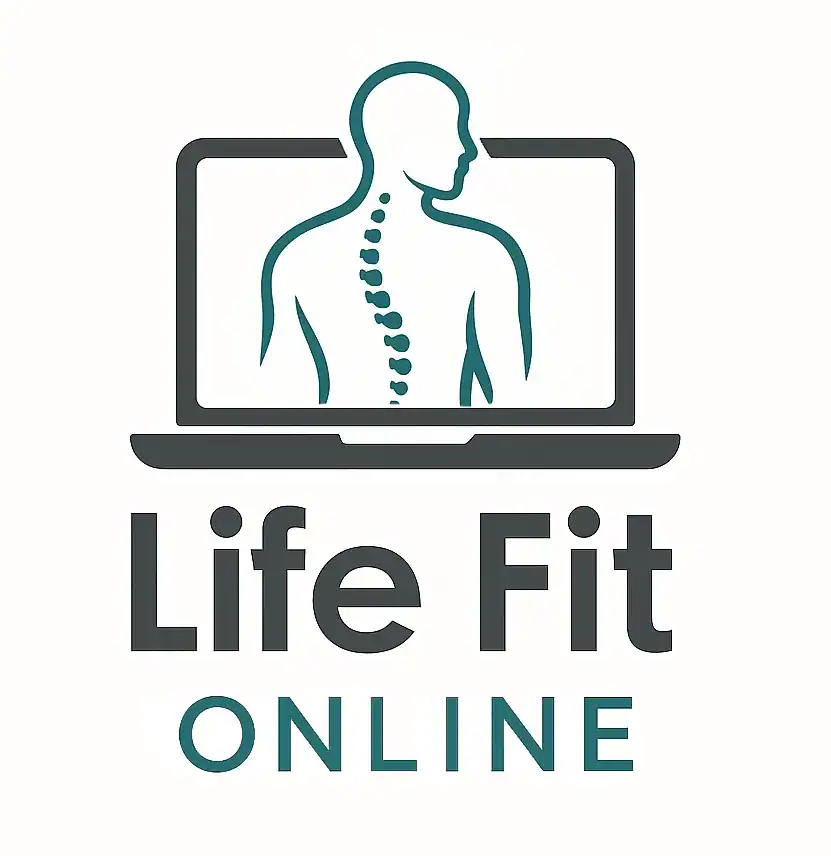Hip Impingement

Femoroacetabular (Hip) Impingement (FAI)
What is it?
Femoroacetabular impingement (FAI) is a condition where there is abnormal contact (impingement) between the socket of the hip (acetabulum) and the head of the femur (thigh bone) on movement of the joint.

How does it happen?
FAI is related to the shape of the bones in some people (known as dysplasia). People with hip dysplasia may be predisposed to developing this condition but is often needs exposure to certain types of repeated activity such as deep lunging, squatting, turning and twisting. There are two types of impingement.Pincer: this is caused by extra bone extending beyond the normal edge of the hip socket. The socket becomes more prominent and can pinch on the cartilage of the hip.Cam: the head of the femur is not round and cannot rotate smoothly in the socket. A bump forms near the head of the femur, which can grind the cartilage of the hip.Some people have both types of impingement present. For the vast majority of people there is no obvious reason as to why FAI develops. However, having a hip problem earlier in life can potentially lead to FAI developing. Exercise does not necessarily cause FAI. However, if FAI is present, physically active people may feel more symptoms than less active people, because the hip joint is worked more vigorously.
How does it feel?
The most common symptom associated with FAI is pain, usually felt in the groin. Pain can also be felt at the side or back of the hip or further down the front of the thigh. Certain activities, especially those that involve hip flexion (bringing the knee towards the chest), will make the pain worse. Prolonged sitting, like during a long car journey, may also provoke the pain. Sharp stabbing pain can occur with turning, twisting and squatting. There may be clicking in the hip or a feeling of ‘giving-way’ in the joint.
What should you do?This problem generally does not get better on its own. If you suspect that you have FAI then you should consult with a qualified professional who will be able to assist with a diagnosis. To allow the condition to settle you should try to avoid those activities or movements that aggravate your symptoms.
What shouldn’t you do?
If you suspect that you have FAI then you shouldn’t ignore the problem or continue to participate in activities that provoke symptoms. Some doctors believe that if left untreated, damage caused by FAI can lead to the development of arthritis, which could ultimately lead to hip replacement surgery. However, because FAI has only recently become well understood, there are no studies that prove this is definitely the case.
Management
Changing your daily routine and avoiding activities that provoke symptoms may be enough to allow the condition to settle. You could also speak to your doctor about the possibility of using medication to help with pain levels. Seeing a Sports and Exercise Medicine professional would be useful in establishing a diagnosis and the severity of the problem. They may also be able to provide suitable rehabilitation in the form of exercise and manual therapy to help manage pain levels. Injections into the hip joint can be useful both to establish the diagnosis and to provide some pain relief.If these strategies don’t sufficiently keep pain under control then an orthopaedic doctor may recommend surgery. Rehabilitation, led by a physiotherapist, would be required after surgery to help maximise hip range of motion, strength and functional levels. This rehabilitation would likely take between 6 weeks and a number of months, depending on the extent of surgery and the required activity levels after surgery.
Could there be any long term effects?
As mentioned above, if left untreated, FAI could contribute to arthritis of the hip. Surgery can successfully reduce symptoms caused by the impingement. Correcting the impingement can prevent future damage to the hip joint. However, not all of the damage can be completely fixed by surgery, especially if treatment has been put off and the damage is extensive. It is possible that more problems may develop in the future, however maintaining good muscle function around the area through exercises can help to minimise long term issues.









